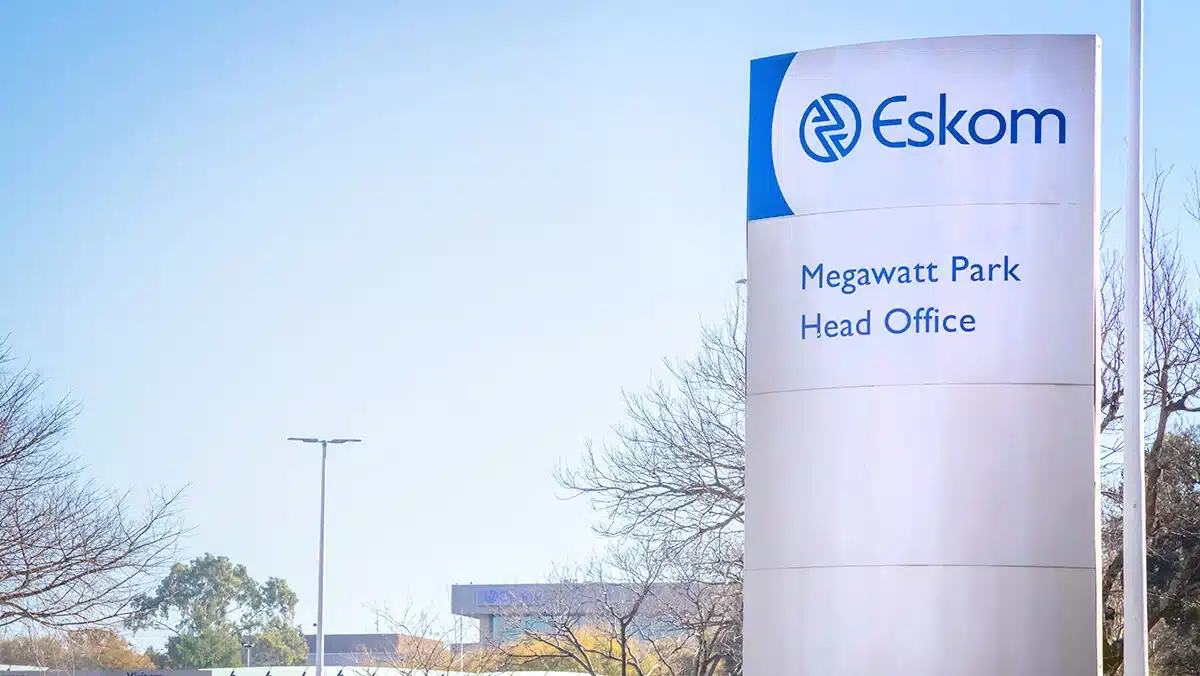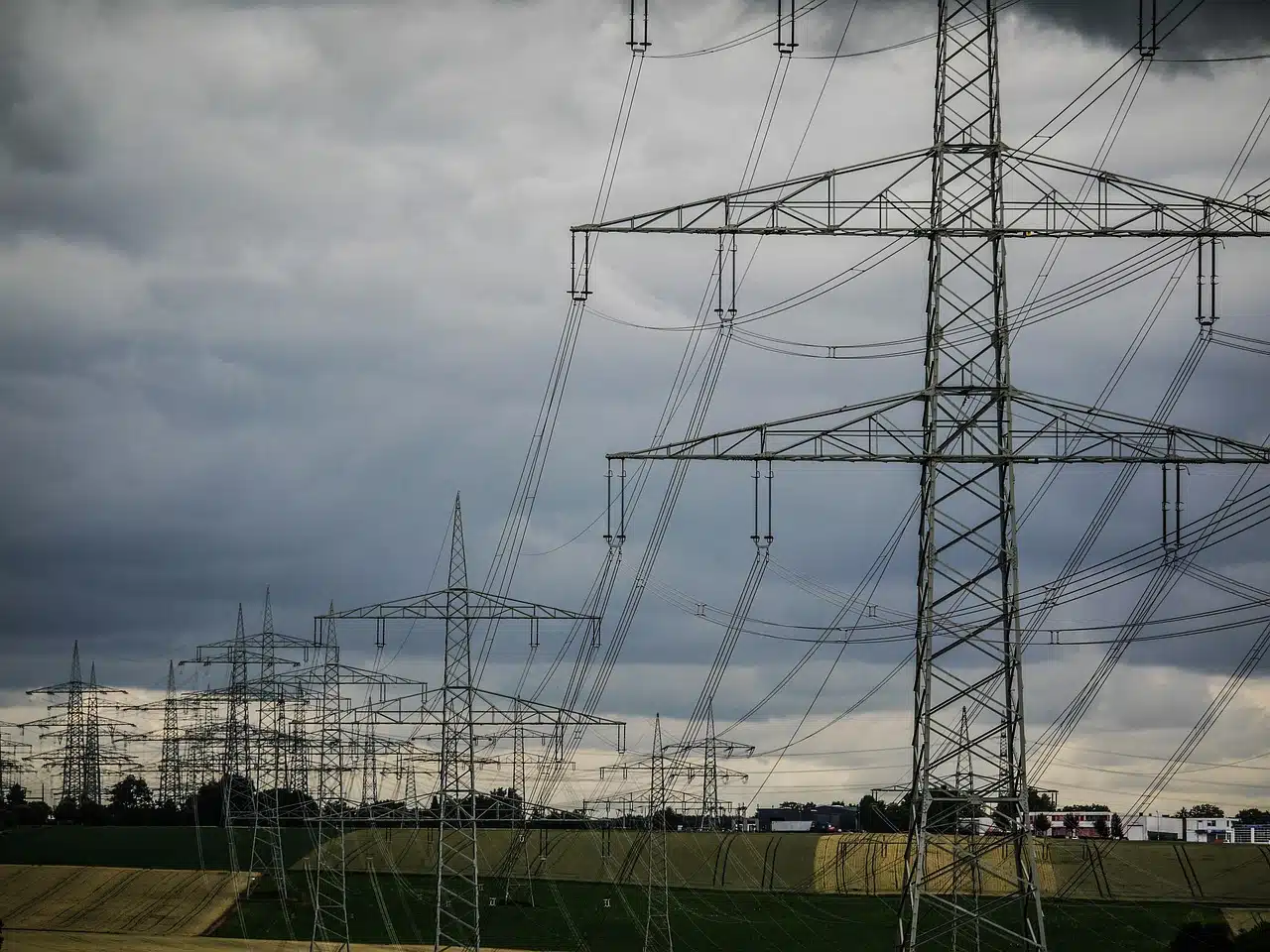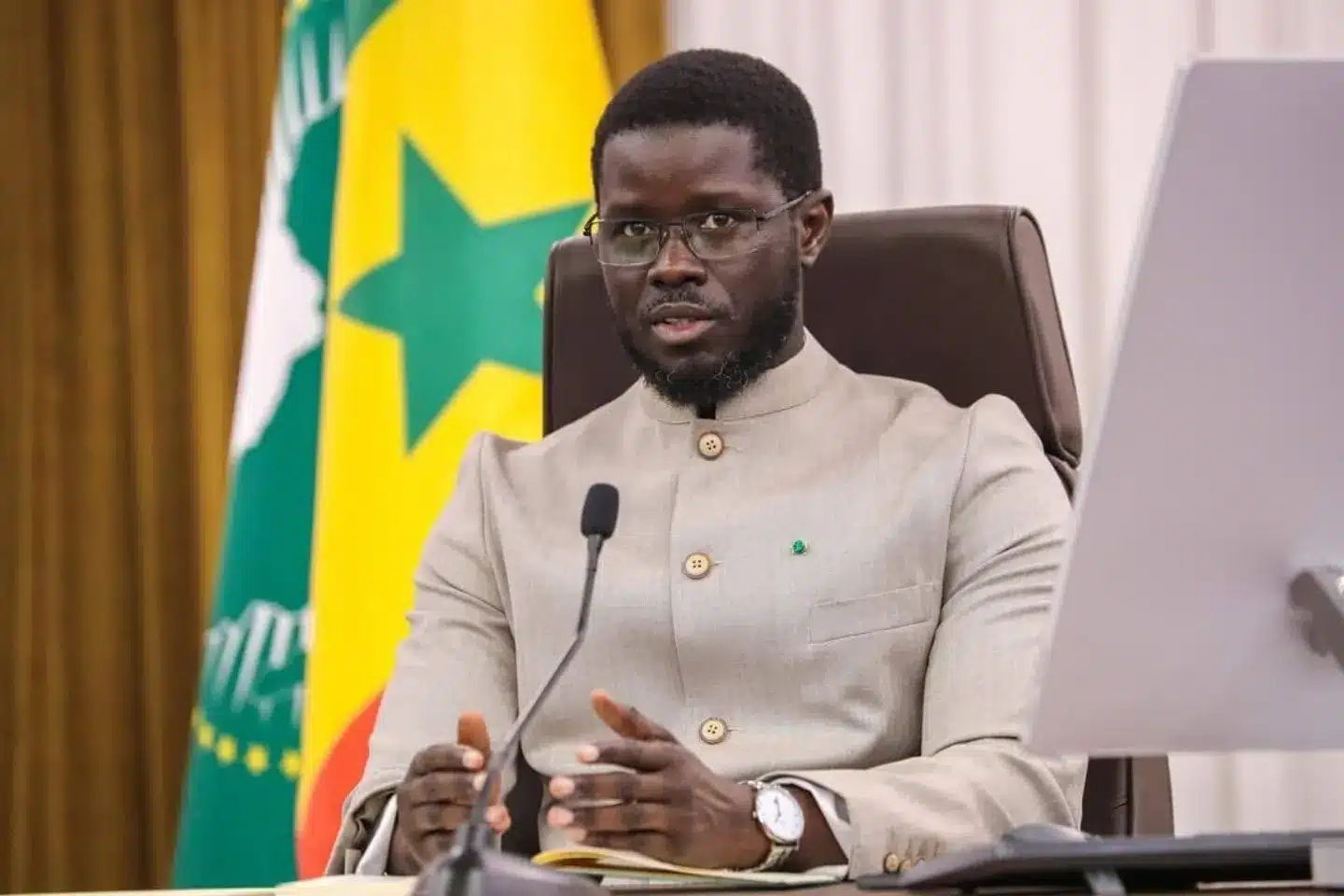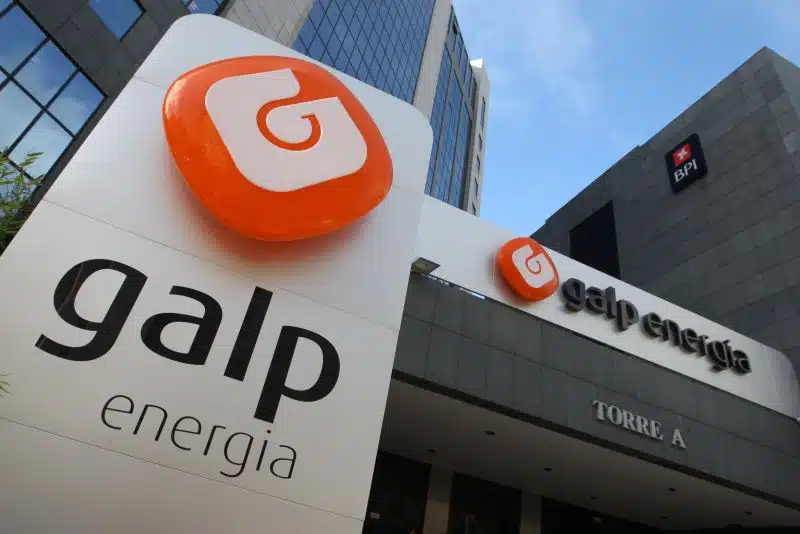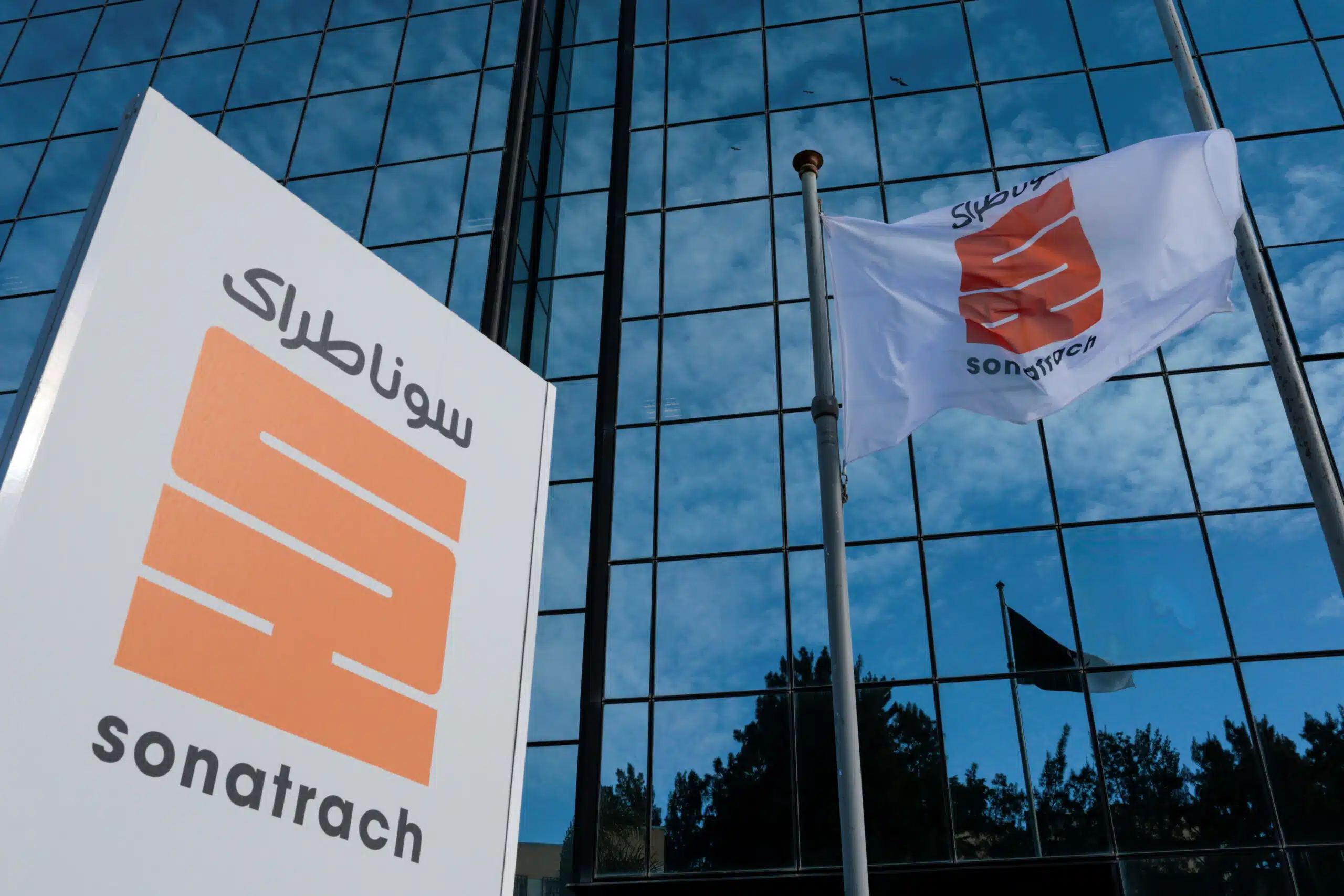The government of Cameroon has unveiled an ambitious plan to connect 8 million people to its national grid in an effort to achieve universal electricity access by 2030.
Speaking at the Africa Energy Forum in Cape Town, South Africa, Cameroon’s Minister of Water and Energy, Gaston Eloundou Essomba, said the country will need $12 billion (CFA7.2 trillion) to transform its power sector.
At the Forum, Cameroon unveiled its energy compact in line with the AfDB-backed Mission 300 Initiative.
“The presentation of this plan in Cape Town represents a decisive moment for Cameroon’s energy diplomacy, as it seeks to mobilize sustainable financing, strengthen investor confidence, and solidify its place among African leaders in the energy transition”, the Ministry of Water and Energy said in a statement.
The Ministry touted the unveiling of the plan as “a decisive moment to position Cameroon as a land of reliable, sustainable and competitive energy opportunities by 2030”.
Details of the plan
The strategic plan serves as a roadmap to achieve universal access to electricity by 2030, built around six major objectives.
One such objective includes connecting an additional 8 million people to electricity, aiming for 100% access, and increasing clean cooking access to 40%, while reducing national energy intensity by 16.9% by 2030.
The plan also seeks to boost the country’s installed power capacity to 3,000 megawatts (MW), with 10% of that capacity from renewable sources. It further aims to strengthen regional interconnections to achieve 1,000 MW of cross-border capacity.
The plan also proposes several reforms, including revising the legislative framework, creating a mini-grid code, and implementing fiscal and customs incentives.
The initiative also incorporates the restructuring of the national electricity company Eneo and the establishment of a payment stabilization fund.
The electrification drive comes as the country faces rapidly increasing energy demand from both households and industries.
However, official data indicates that installed capacity remains limited to 1,982.4 MW. Hydropower and solar energy accounts for 1,379.6 MW and 30.83 MW respectively, collectively making up over 63% of the energy mix.
To address this deficit, several electricity projects are currently underway.
These include the construction of the 500-megawatt Kikot hydro dam, the 75-megawatt Bini à Warak dam, and the World Bank-funded Nachtigal hydropower plant expansion project.



